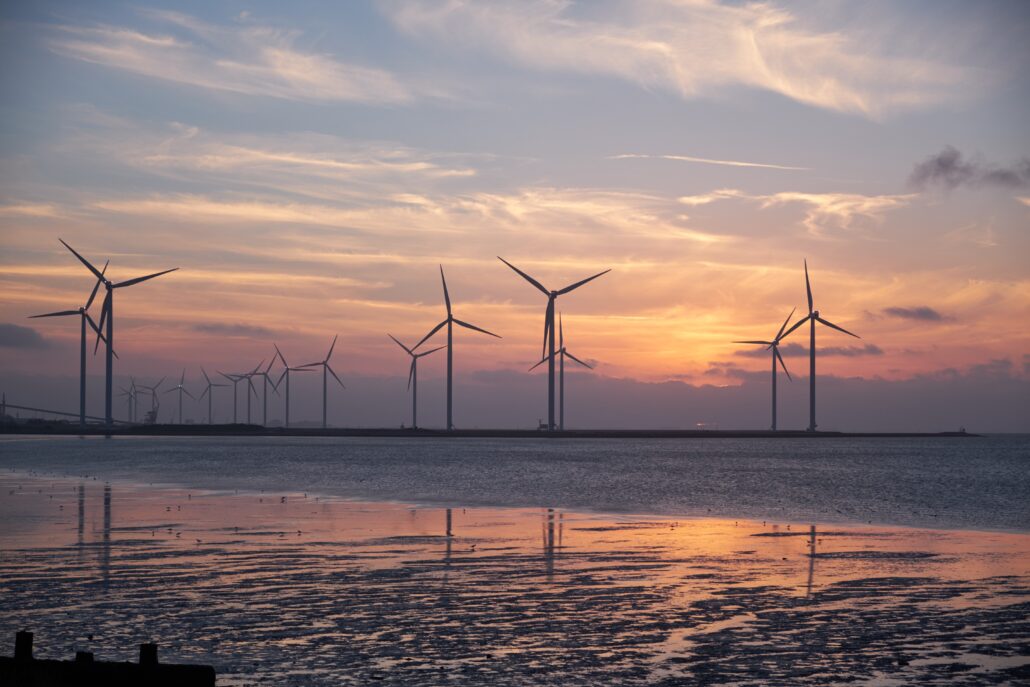Written by Petros Maggos, electrical engineer at Wattcrop.
As the world strives to reduce its reliance on fossil fuels and combat climate change, wind turbines which convert wind energy into electricity play a key role in this direction for the transition to cleaner and more sustainable energy sources. Over the years, we have seen a large number of wind turbines installed on mount lands. However, the availability of suitable land for installing these turbines is becoming increasingly limited. Nowadays it is feasible to install wind turbines in bodies of water usually at sea to create offshore wind farms instated of onshore. Offshore wind farms have emerged as a promising solution in the renewable energy sector.
Land and Aesthetic Footprint
Offshore wind farms do not require significant land use making them an attractive option in areas where land where availability of land is limited and where environmental conflicts may arise. Also, offshore wind farms minimize the impact on valuable land resources leaving more space for agriculture and farming. Furthermore, offshore wind farms typically are located far away from the coastline, in this way reducing the visual impact compared to onshore wind farms is coupled with addressing aesthetic concerns.
Higher Energy Production
Wind speeds are generally higher and more consistent over bodies of water compared to onshore locations. In this case, offshore wind farms have access to these conditions allowing them to generate match more electricity at a more consistent rate. The stronger and more consistent wind resources available offshore enable the installation of larger wind turbines with increased power generation capacities allowing them to capture more wind energy. This leads to higher energy production per turbine, making offshore wind farms highly efficient.
Decentralized Generation and Supply
Many major cities and population centers are located near coastlines, making offshore wind farms a convenient and localized source of renewable energy. This proximity reduces transmission losses and allows for a more efficient distribution of electricity. Also, in Greece and other countries like Greece, the geographical dispersion of offshore wind farms can help to supply Greek islands with green energy reducing the reliance on fossil fuels.
Challenges of Offshore Wind Farms
On the other hand, not everything in the garden is rosy. As someone can easily understand development and installation cost of offshore wind farms is more expensive than onshore wind farms. Also, maintenance must be more frequent and may be more challenging and costly compared to onshore projects due to weather conditions.
Furthermore, conflict with other marine activities and potential impact on marine ecosystems is mentioned. Offshore wind farms may encounter conflicts with existing marine activities, such as shipping, fishing and have potential effects on marine ecosystems, including disturbance to marine life. On the other hand, proper planning and environmental impact assessments can minimize and mitigate these impacts.


